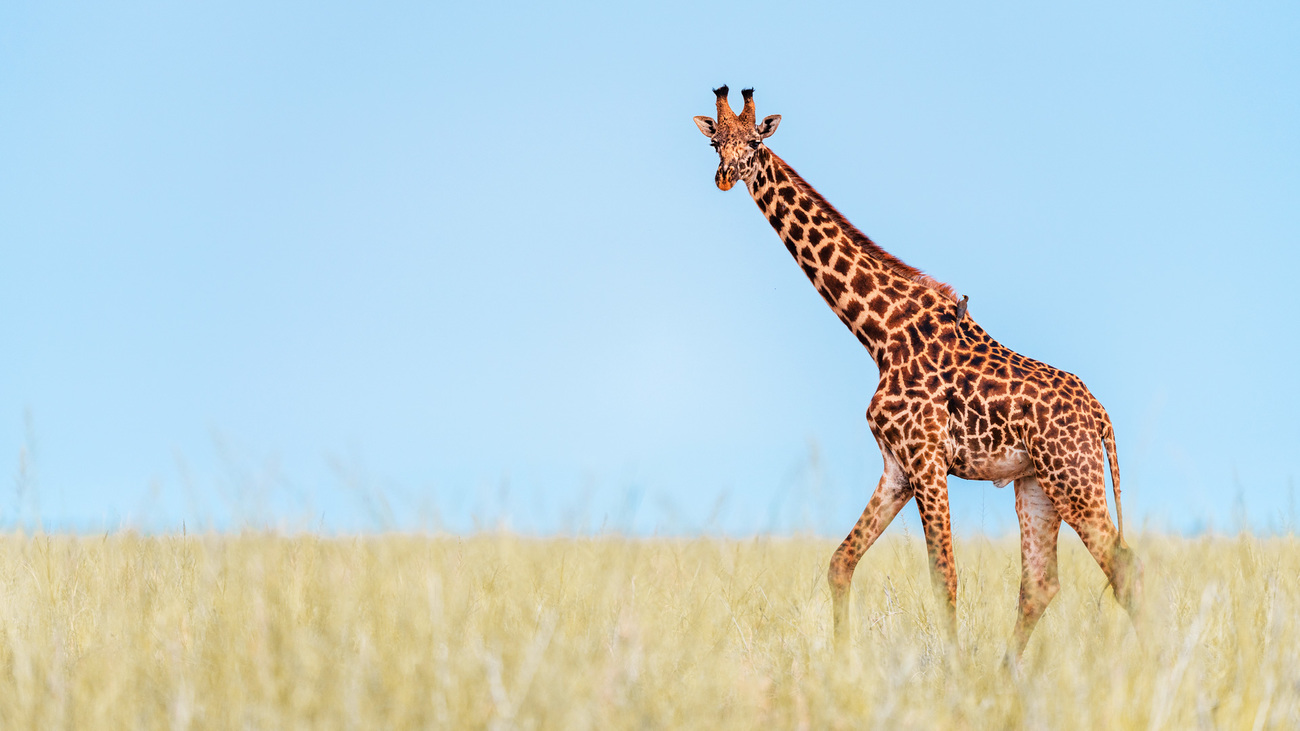IFAW Statement on U.S. Fish and Wildlife Service Proposing Endangered Species Act Protections for Giraffes
IFAW Statement on U.S. Fish and Wildlife Service Proposing Endangered Species Act Protections for Giraffes

(Washington D.C. – November 21, 2024)— In response to declining giraffe populations due to poaching, habitat loss, and climate change, the U.S. Fish and Wildlife Service recently recommended federal protections for various giraffe species under the U.S. Endangered Species Act (ESA).
Danielle Kessler, US Director with the IFAW—which helped craft and submit the initial ESA listing proposal— issued the following statement:
“Giraffes have been moving towards extinction for years, but their plight has gone largely unnoticed. Known as the ‘silent extinction’ giraffe numbers have plummeted dramatically - by up to 40% over the last 30 years - due to threats including international trade in their parts, as well as habitat loss, civil unrest and illegal hunting.
The proposal by the U.S. Fish and Wildlife Service to protect the species under the U.S. Endangered Species Act is a positive and welcomed step. Listing the species on the ESA will help giraffes in Africa and examine the outsized role of the U.S. as an importer of giraffe skins, leather, bones and other parts and products.
Losing giraffes would be a devastating loss to Earth’s biodiversity. We hope that USFWS will move quickly to finalize this decision and safeguard the future of these species.”
//ENDS
NOTES
- Giraffes are one of the most iconic and distinctive species in the world. Yet, according to the latest assessment conducted by the International Union for the Conservation of Nature (IUCN), giraffes have lost almost 40% of their populations in the last 30 years. With less than 100,000 animals left in the wild, there are now fewer giraffes than African elephants.
- In addition to water scarcity and conflict with humans, giraffes face growing threats of habitat loss, civil unrest, illegal hunting, poaching, and unregulated international trade. The United States has a heavy hand in giraffe trade, with 39,516 specimens imported between 2006 and 2015, including dead and live animals and parts.
- In 2019, at CITES CoP18, six African countries, Kenya included, proposed that giraffes should be listed for protection from trade, and governments voted in their favor.
Press contact:
Stacey Hedman
Senior Communications Director, Global Programs
m: +1 508 737 2558
e: shedman@ifaw.org
Gillian Linden
Rosen Group (on behalf of IFAW)
e: gillian@rosengrouppr.com
Related content
every problem has a solution, every solution needs support.
The problems we face are urgent, complicated, and resistant to change. Real solutions demand creativity, hard work, and involvement from people like you.